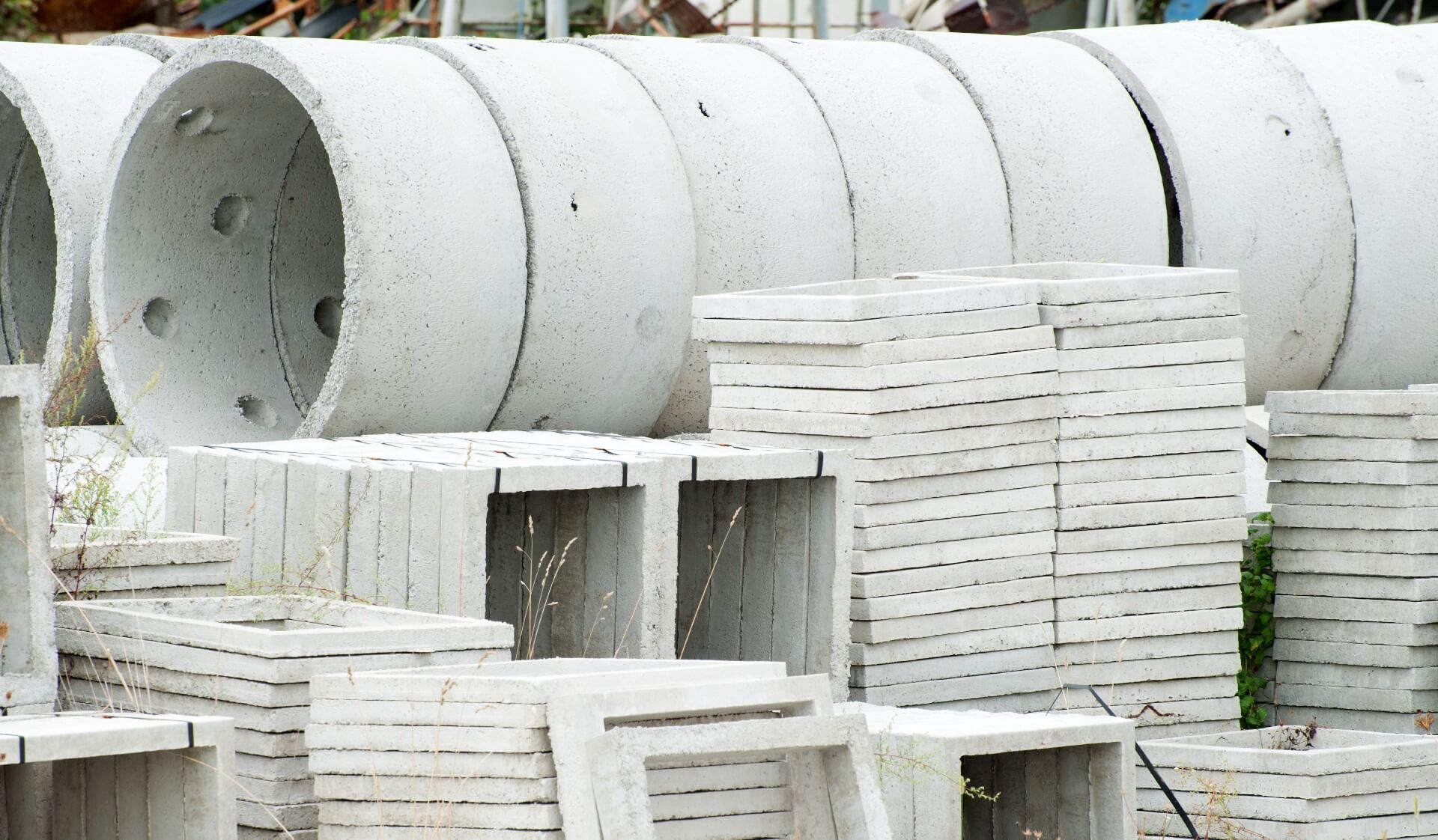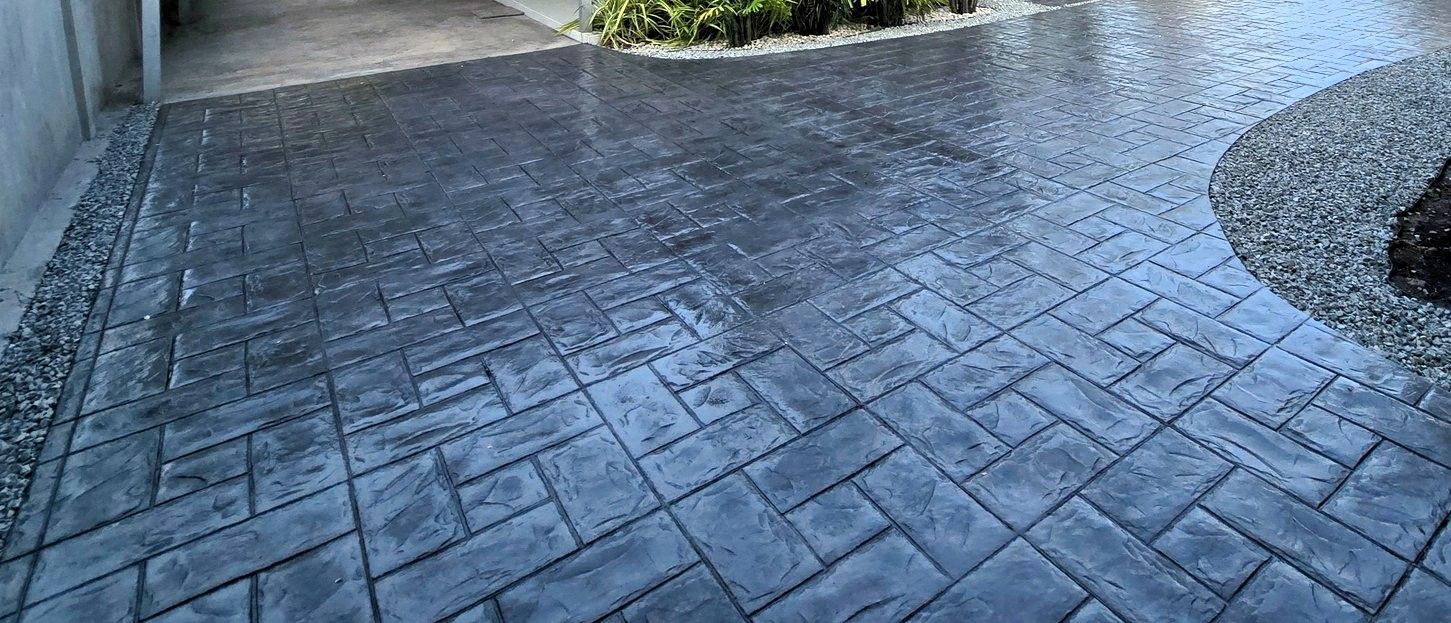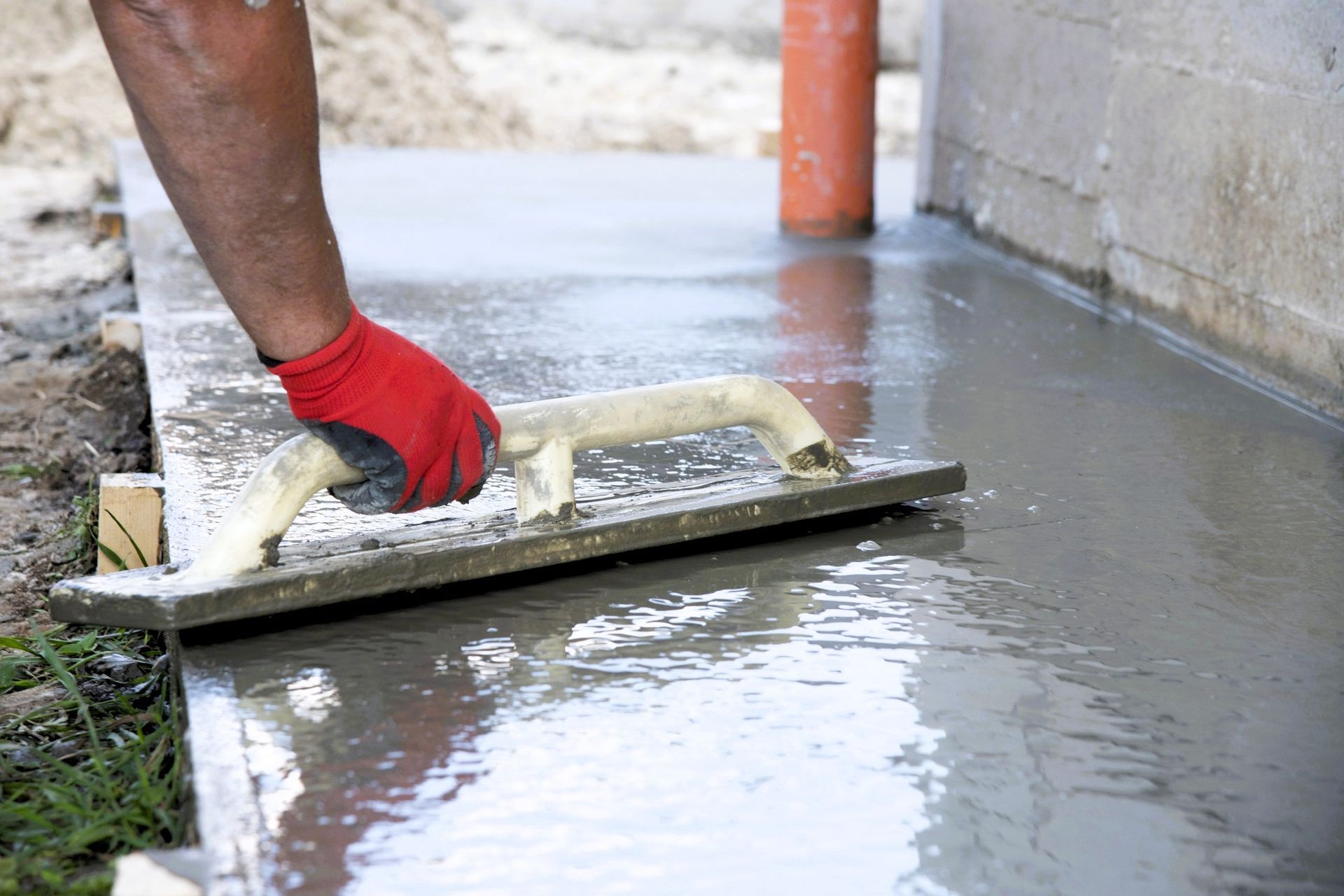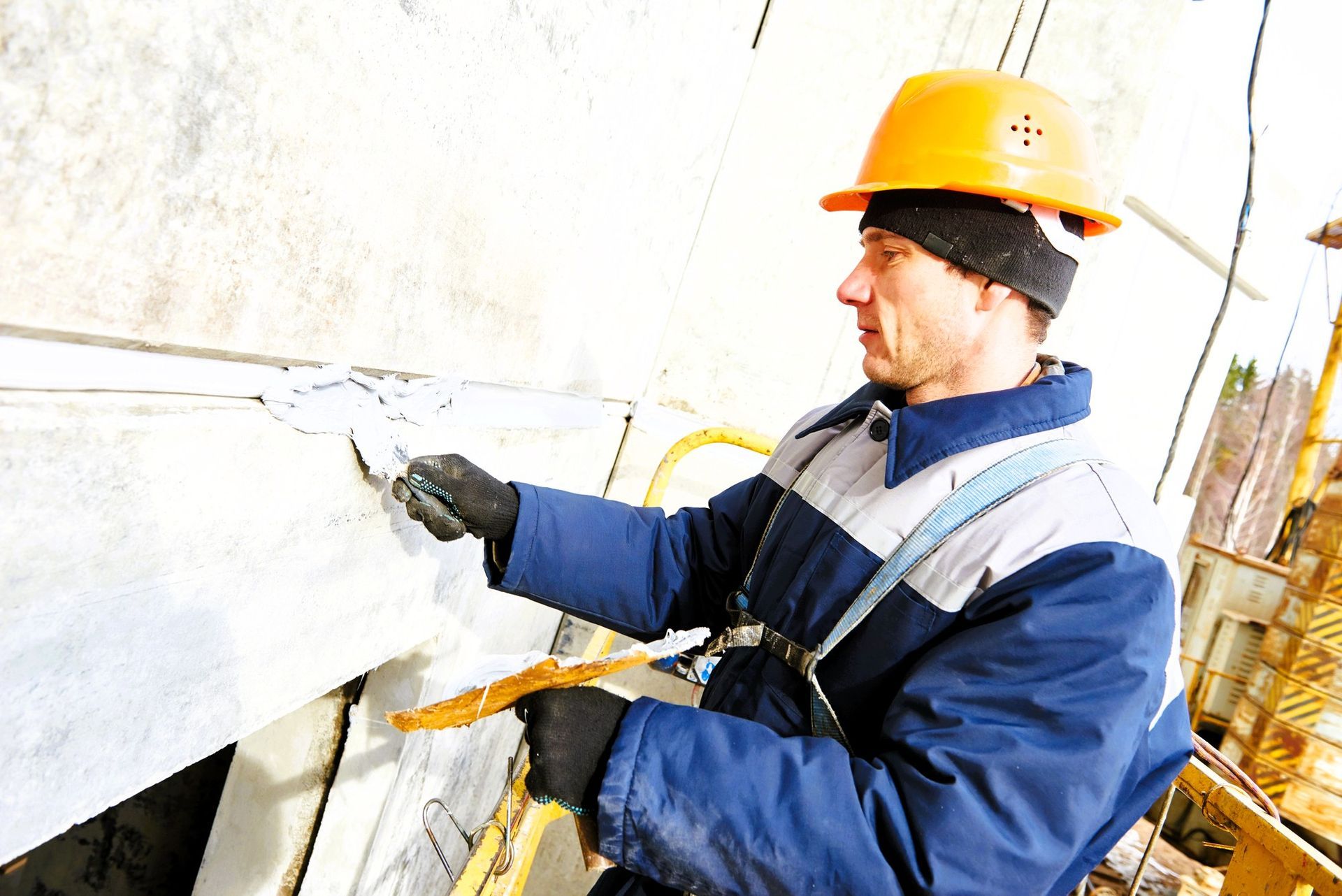What’s the Difference Between Pour-in-Place and Precast Concrete?
Understand the differences between the two types of concrete.

Contractors are often faced with the choice of using pour-in-place or precast or premade concrete for construction projects. It is important to understand the difference between these two methods in order to determine which one is best suited for a specific project.
This article will provide an overview of pour-in-place and precast concrete, highlight their differences, and help contractors determine which method suits their project best.
Pour-in-Place Concrete
Pour-in-place concrete is a method of constructing concrete structures on-site. This involves the casting of concrete in forms, which are constructed at the construction site.
The process includes several steps:
- Site preparation: The construction site is prepared by clearing the area and grading the soil.
- Formwork construction: The formwork is constructed to the desired shape and size of the concrete structure.
- Reinforcement installation: Steel bars or mesh are installed within the formwork to provide strength to the structure.
- Concrete pouring: The concrete mixture is poured into the formwork.
- Finishing: Once the concrete has been poured, it is finished to achieve the desired texture and appearance.
Precast Concrete
Precast concrete is a type of construction material that is made in a factory or off-site location. This involves pouring concrete into a mold, where it is allowed to set and cure before being transported to the construction site.
During the curing process, concrete is cast in a controlled environment, where it is allowed to cure under ideal conditions. This ensures that the concrete is of high quality and free from defects. Once the concrete is cured, it is transported to the construction site for installation. This involves lifting the precast panels or units into place using cranes or other lifting equipment.
Key Differences between Pour-in-Place and Precast Concrete
Construction site
Pour-in-place concrete is constructed on-site, while premade concrete is produced off-site and then transported to the construction site. This means that pour-in-place concrete requires more space on the construction site and may require more time to complete.
Quality control
Premade concrete is produced in a controlled environment, which ensures that it is of high quality and free from defects. On the other hand, unlike precast concrete, the quality of materials, workmanship, and environmental conditions on the site may affect the pour-in-place concrete.
Time and labor
Precast concrete can be produced and cured simultaneously while the construction site is being prepared. This means that the construction process can be completed more quickly and with less labor than pour-in-place concrete.
Choosing the Best Method for Your Project
Here are several factors you should keep in mind to help you decide which method to use:
Project size and complexity
The most suitable method will depend on the size and level of complexity of the project. Premade concrete is often preferred for large, complex projects, while pour-in-place concrete may be more suitable for smaller projects.
Time
What you choose also depends on the project completion time. Premade concrete can be produced and cured simultaneously, allowing for faster completion times.
Efficiency
The efficiency of the construction process will also be a consideration. Precast concrete can be produced off-site, reducing the amount of labor required.
Environmental factors
Weather conditions and other environmental factors will be taken into account as well. Pour-in-place concrete may be more challenging in adverse weather conditions, while premade concrete can be produced in a controlled environment.
The Bottom Line
Both pour-in-place and precast concrete have their own advantages and disadvantages. Choosing the best method for your concrete structure project depends on various factors including size, complexity, time constraints, efficiency requirements, and environmental factors. Make sure to consider all these factors before deciding which method is suitable for your project.
At
Grand Rapids Concrete Pros, we are experienced in both pour-in-place and precast concrete construction methods. Regardless of the size or complexity of your project, we are capable of delivering the optimal solution, as we have both the expertise and the resources.
Contact us today to discuss your project and get an estimate on your next concrete structure!





